Well, you finally nailed it.
You’re updating your blog posts regularly. That’s awesome. Keep it up and you’ll reap the rewards.
Recent statistics show that once you accumulate 51 useful posts, blog traffic will increase by 53%. And traffic will triple once you hit 100 posts.
If you’ve been blogging for a while, but still feel frustrated because you can’t get things done easily, then this post is for you.
There are blogging tools designed to help start a blog, improve search engine SEO and take things through any given social media channel.
A lot of people have grown their businesses through blogging. And, many now live a dream lifestyle, solely from writing, promoting their content and building a social network community.
But, the truth is that none of these successful people became productive bloggers by chance. It took deliberate effort – and time-saving blogging tools.
These blogging tools can cut the time required to research your market, decipher your competitors, uncover topics and review trends by 50%.
As a passionate blogger, if you’ve ever felt that you don’t have enough time to attend to every task on your list, maybe you just need better tools.
And, blogging tools are necessary these days to work faster and land more readers and clients without sacrificing content quality.
These tools aren’t magic – you still have to set things up and write the blog content. Many are WordPress blog compatible.
But, the good news is that once you successfully incorporate the right tools into your blogging systems, you could travel the world and your business would continue to thrive in your absence.
Without using time-saving blogging tools like these, you’ll be wasting hours and struggling to create content while leaving little or no time to promote it on the search engines or social network channels.
According to a survey report by the Food Bloggers of Canada, the average blogger spends 6% of their time reading news and other blogs and only 4% actually creating new blog content. It’s little wonder that most bloggers aren’t getting the results they want on search engines
If you want to stand out, then you’ve got to spend more time creating useful content and promoting the same to the right audience. That’s how to grow a business through blogging.
So, let’s dig into the 10 time-saving blogging tools you need to start using today:
1. Sendible
Is Sendible the right social media management software for your business? Maybe so.
Taking social media marketing seriously can increase your bottom line.
In fact, if you want to reap the rewards of blogging, then you’ve got to pay attention to your social media activity. Whether you want to drive organic or referral traffic, having a social media strategy can make the difference.
According to Regalix, 76% of marketers use social media to support and improve their search engine optimization efforts. What’s more, 92% of CMOs are starting to look beyond sales goals and web metrics to identify the value of social marketing efforts.
Your social media marketing efforts can yield substantial results if you use the right tools to navigate the social media channel matrix.
With so many tools around, it’s extremely difficult to pick the right one. The question you should ask is, “which social media tool will help me achieve my business objective?”
For example, if your objective is to attract qualified leads, look only at tools that have features for lead acquisition.
That said, Sendible may just be the right social media management software for your business.
If you want to manage your social networks, schedule messages, engage your audiences and measure ROI from one, easy-to-use dashboard, you should seriously consider using Sendible.
Sendible does everything Hootsuite and Sprout Social do, plus a handful of things Hootsuite hasn’t added to its software yet.
With Sendible, you can have multiple accounts and multiple services per account as well.
The interface for Facebook scheduling – posts, notes, photo albums, group messages and personal messages – is just amazing. You can also post on any of your friend’s personal social network walls with the click of a button.
And that’s just for Facebook. Sendible also integrates with Twitter, LinkedIn, Google+, Instagram, Pinterest and more.
With Sendible, you can scale your social media activities and schedule only the messages that’ll help your audience.
This social media solution allows a large number of integrations with the latest social media networks. It has in-depth reporting and analytics, too.
It does cost a bit more than the least expensive paid versions of Hootsuite and Buffer, but it offers so much more that it’s a reasonable investment for your business to get blog content pushed out effectively.
2. Google Docs
It’s no longer a one-horse race for productivity on PCs and mobile devices. There’s a huge list of blog content writing tools that bloggers can use.
One of these tools is Google Docs. A study by White Stratus shows that almost 20% of companies use Google Apps.
Google Docs is one of the most popular apps in the suite. And, contrary to common misperceptions, it’s not just for startups and non-enterprise organizations.
A White Stratus study found that larger companies with over 10,000 users have successfully deployed Google Apps and found its rich features quite useful.
Furthermore, 31.2% of companies with over 10,000 staff members had deployed all or some Google Apps, compared to 18.5% of small organizations.
Google’s suite of Docs, Sheets and Slides allows you to create and edit documents online, for free.
These rich capabilities in Google Docs are why its use is on the rise. Google has done a great job of rapidly building out their features, in order to gain market share in enterprise and education.
Here are the pros and cons of using Google Docs over Microsoft Word:
Pros:
- You can collaborate with your team or contractors easily.
- It’s easy to store your documents on the cloud and access them from another computer anywhere in the world.
- You can easily create and export documents as PDFs.
- You don’t have to install software on your computer.
Cons:
- Google docs currently has limited document support.
Writing can be difficult if you don’t have the right tool. Google Docs is one of the best word processing tools and it’s 100% free.
Once you have a Google ID and an internet connection you can use Google Docs to create articles for your blog.
Google Docs has a user-friendly interface. When you login to your account, you’ll notice that your documents are well organized. All you have to do is click on a document template to start a new document and you’re on your way to new blog content.
With Google Docs, you can organize and present information in a better way, thus making your articles richer while still maintaining proper formatting and increasing your article’s perceived value.
There are a lot of limitations to using Microsoft Word. If you’re working with a team, you’ll have to continually email document attachments back and forth. And, if you’re creating a lot of content, that can wreck your productivity.
The Recruiter ditched Microsoft Office in favor of Google Docs. As a result of that shift, collaboration became easier and they were able to get more done in less time.
No matter what industry you’re in, you can use Google docs to manage your digital projects, and save a lot of time when writing blog posts. In fact, when creating articles in Google docs, you can conduct a quick search for data right in the workspace.
Here’s how to do it:
Go to the Tools menu and click on the “Research” tab. A dialogue search box will appear on the right sidebar. There, you can search for anything, including Scholar, Quotes, Images, Personal, Dictionary and more.
Let’s assume that you want to add an image or chart related to “blogging statistics.” All you have to do is type your keyword into the search box. Then, automatically, you’ll get results.
You can simply add any of those infographics/visuals into your article (of course, you’ll want to make sure you have permission from the copyright holder first).
3. Fyrebox
Fyrebox is a free tool that that lets you make your own quiz in minutes. Imagine how long it would take to design an interface and write code for your quiz manually.
A well-designed quiz that’s relevant to your target audience can exponentially increase your conversions and grow your product sales.
For example, Zenni Optical, a brand that sells fashionable eyewear online, created a quiz entitled “You’ve Been Framed.” Within 6 months, they generated over $1 million in revenue, 29,410 qualified leads, and got a 9,665% ROI.
Quizzes are an example of the kind of interactive content that your target audience wants and needs.
A typical WordPress blog hasn’t integrated this type of social network engagement opportunities.
Most content that we create regularly — blog posts, white papers, webinars, reports, infographics, podcasts, etc. — is designed to be passively consumed by our audiences. People can read, listen, download and comment or even share the content. But, there are only limited ways to bring them into the conversation.
That kind of content doesn’t ask for input, opinions or suggestions, let alone react to the reader in real time.
According to SnapApp, B2B marketers who’ve added interactive content to their marketing mix have significantly improved prospect engagement, achieving 35% click rates on their content, 80+% content completion rates, and 45% lead form conversions.
Interactive content – quizzes, calculators, configurators, assessment tools, games, contests and workbooks – connects with the user and makes them an actively involved participant instead of a passive consumer.
Creating a variety of content is one of the challenges that content marketers face.
As a blogger, you’ve got to recognize that your readers need a variety of content. You can’t expect to build a strong level of engagement when all you do is write generic blog posts.
Creating a variety of blog content is the only way to rid your blog of boring topics, content and data. So, every now and then, create interactive content to engage your readers and let them participate.
Creating a quiz is super easy with Fyrebox. Just follow these simple steps:
Step #1: On the Fyrebox homepage, click the “CREATE A QUIZ FOR FREE” button:
Step #2: Create a free account by filling in your personal information. Then, click the “CREATE ACCOUNT.”
Step #3: Choose your quiz template. Click the “template” placeholder to begin:
Step #4: Choose a pre-made quiz. Top brands such as Shopify, Leadpages and other educational sites have already made professional quizzes that you can start with and then tweak.
So, let’s go ahead and choose Leadpages:
Step #5: Select your preference. If you want users to know when they answered a question correctly, you can set that up, too.
Step #6: Edit your questions and answers. Remember that we’re using a template, so these questions won’t be relevant to your audience. But you can edit them in this step and provide the right answer.
Next, you can define the pass mark for your quiz. Just slide the bar below to set it. Currently, the pass mark is 75%.
Finally, decide what the interface should look like for a successful result. Click “YES” to collect player’s details, such as email address and name.
Also set the screen for an unsuccessful quiz. You don’t have to collect a user’s email address or name in this case – but perhaps you’ll want to encourage them to try the quiz one more time.
That’s pretty much all there is to Fyrebox. The quiz maker contains a lot of other great features that enable you to set a time limit, customize the look and feel of your quiz and even use your own custom background image.
Blast it out to every social media channel you have access to.
A lot of brands and startups use quizzes to generate qualified leads, grow their social presence and increase revenue.
For example, Forbes launched a quiz called “Which College Is Right For You?”
A week later, the quiz had generated 75,000 views and over 1,000 social shares.
Forbes used the quiz to promote the Forbes College Adviser, a proprietary tool to assist students in making the right college choice.
When you want to create quizzes to engage your social media fans, build strong rapport with your blog readers and give potential clients a taste of your expertise, you should consider using Fyrebox along side quality blog content.
4. Quora
If only there was a social media network where a deeper connection could be built and people engaged with each other on a deeper level – imagine how useful that would be.
Well, this network does exist. It’s called Quora.
Quora is a great tool for bloggers. It has everything you need to engage with other people and build a thriving online business.
You can connect and network with fellow marketers, business leaders, passionate students and high-profile investors. “Quora is truly a Q&A engine,” says Ritiki Puri
The best part is that it’s free. And, you can use it to find a lot of great ideas for your blog posts. Quora also receives a lot of traffic. This year, the site generated an average of 40 million website visits per month.
Quora has an amazing and diverse community that you can leverage. If you ever experience writer’s block, you can tap into Quora to find ideas worth spreading – and you’ll never run short of blog post ideas.
A lot of smart bloggers are using Quora to find long-tail keywords that they can’t find with Google AdWords’ Keywords Planner.
For example, Brian Dean, founder of Backlinko.com, used Quora to find keywords that many people in the SEO community were actively using.
He used the question in his blog post’s headline:
Interestingly, Brian now ranks number #1 for the search query “Google hates my site.”
You can follow a similar approach when you want to create a blog post that’ll interest your target audience. Just find common questions on Quora, research the topic and create a helpful article that will address those search engine questions.
For example, let’s say you want to write a blog post on the topic “list building.” Head over to Quora, plug the keyword into the search box and click the “enter” button. Here’s the result:
Let’s now create some compelling blog content headlines from the questions above.
The Quora questions are:
- What are some of the best blogs about list building and email marketing?
- What are the basics of list building?
- What list building techniques are new and promising?
Next, here are the headlines that I crafted, targeting the intent behind each of the questions:
- 13 Best Blogs About List Building and Email Marketing
- The Best Blogs About List Building for Your Email Marketing Campaign
- What Are the Basics of List Building for Your New Startup Site?
- List Building 101: What Are the Basics of List Building?
- 7 New and Promising List Building Techniques to Increase Your Subscribers
- List Building Techniques: 15 New Strategies You Can Use to Grow Your List
You can get answers from Quora when creating your blog posts on any question or keyword. Just go to Quora, find questions and read the answers from experts for insights.
Of course, you won’t copy the answers to your post. That would be plagiarism and Google would most likely penalize you for duplicate content. But, you can learn from the best answers and use them to provide invaluable ideas and advice in your blog post.
As a B2B company, Rivalfox uses Quora to drive the right traffic to its site. It’s the right traffic because the people visited a link after they were satisfied with the answers provided to their questions.
The company increased the conversion rate for its free trial product by more than 15%.
If you’re not using Quora to grow your leads and sales, you should reconsider. Quora also has functions that allow you to use strategic targeting. It’s time to start using Quora to grow your bottom line.
Remember also that beyond writing for your own blog post or contributing to other blogs, you should get active on this social Q&A network, because you’ve got a better chance of ranking #1 in the Google top 10 if your answer resonates with people. This can send spikes of organic traffic to your blog.
5. HubSpot’s Blog Topic Generator
Your blog title or headline is the most important element of your page. If you fail to captivate the readers with it, you’ll struggle to grow your leads and sales.
A study by Copyblogger revealed that 8 out of 10 people will read the headline. And Ted Nicholas, a direct response copywriter, has said that 73% of buying decisions are made at the point of the headline.
A poor headline will render your blog content invisible, says Brian Clark.
If you’re occasionally or often stuck on what to write about or how to structure your title, you don’t have to be anymore. HubSpot Blog Topic Generator is a time-saving blogging tool that can help you with this crucial task.
Just follow these simple steps to get the right blog content and headline ideas for your topic:
Step #1: Go to HubSpot Blog Topic Generator. Then, plug your target keywords or search queries into the three blank spaces. Click “GIVE ME BLOG TOPICS!” button:
Step #2: Get your blog topics. This is a week’s worth of blog posts. You can either tweak them to suit your audience or use them exactly as they are.
With tools such as the one above, you can overcome writer’s block and focus on doing what you enjoy most – writing blog content.
6. Trello
Trello is a time-saving blogging tool that provides a free visual way of organizing projects with your team.
For example, you know that having a documented content strategy is a great way to organize your business and reach your goals. You can use Trello to get that done.
We’re living in a fast-paced digital age. Speed is of the utmost importance if you want to serve your customers well.
With Trello, you can see everything about your project in a single glance, collaborate with your team members and easily execute a successful project while carrying everyone along.
The most important element in Trello is the board. It’s similar to Pinterest, but its focus is on projects, not pins.
This board is usually filled with cards, which can be accessed right from the dashboard.
To get started enjoying the rich features and flexibility of Trello, you need to sign up for a free account. You can easily do that from the homepage.
Next, you can add a new board.
Then, add a new card inside your list by clicking “Add a card…”
Depending on the nature of your project, you can have different lists. For example, if you work with freelance writers, you can add several new lists for posts (articles) ordered, posts in progress, posts under review, submitted posts, etc.
Here’s a typical example:
I don’t know about you, but I want a project management tool that will get the job done. If it can integrate with other popular apps, that would be fine. With Trello, you just got the perfect software tool to make project management a breeze.
Outspoken Media moved from Basecamp to Trello, because of its robustness and simplicity. In fact, Trello helped the company to effectively manage all of the tasks they needed to do when they moved to new offices.
They needed to buy new furniture, coordinate renovations, update addresses, double check that the post office delivered mail to their new address and more.
With Trello, they were able to create lists and add cards. Each of their team members had a responsibility or two. At the end of the move, I think they increased their productivity.
7. LinkedIn pulse
LinkedIn is a social media network for professionals and business people. Most marketers and bloggers haven’t been using the LinkedIn social network and their most recent app, Pulse, to acquire leads and grow their customer base.
In this digital age, there is no better way to drive qualified leads and clients to your business than content marketing.
According to Content Marketing Institute, “83% of B2B marketers use content marketing for lead generation.” One recent study revealed that 80% of B2B social media leads come from LinkedIn.
LinkedIn Pulse is a self-publishing app for writers, bloggers, and industry experts. You can use it to write, publish and distribute high-quality content to the right audience.
It can help you gain more visibility, because you get to target LinkedIn’s large user base. Publishing on LinkedIn Pulse is like guest blogging.
Why should you publish blog content on Pulse? Here are 3 reasons from Brian Lang:
A handful of people who publish on Linkedin Pulse have seen huge success. Bernard Marr publishes on Pulse regularly. Even his worst performing articles have generated thousands of views.
If you’re ready to give Pulse a try, log in to your LinkedIn account, go to Pulse, and click on “Publish a post.”
Next, add an image to your post. Just click the icon and upload your image:
Finally, add your headline, your article and appropriate tags.
If you’re satisfied with your post, just click the “Publish” button at the top right.
As a rule of thumb, having more content online will not only drive more traffic to your blog and send targeted leads to your business, but it also saves you time for future projects.
According to HubSpot, companies with over 200 blog articles have 5x more leads than those with 10 or fewer.
However, don’t allow yourself to get engrossed in the numbers and sacrifice the quality of your work. It’s a game of relevance. Whether it’s your own blog or LinkedIn Pulse, all of your content should be worth your reader’s time and attention.
You can also get ideas from LinkedIn articles whenever you’re stuck on what to write about. Just take the popular headlines, tweak to suit your audience and topic and create your own blog content that’ll drive traffic for months to come.
I can generate up to 3 compelling headline ideas from the Pulse article headline in the screenshot above. Let’s do it:
Quora vs. Slideshare vs. Twitter: Which Site Drives the Most Referral Traffic?
Hootsuite vs. Sprout Social: Which Social Media Tool Generates the Most Leads?
Ahrefs vs. Majestic: Which Link Building Tool is Best for Competitor Analysis?
8. Evernote
Evernote is one of the best note-taking apps around. I have yet to see any note-taking app that can effectively rival Evernote.
Bloggers shouldn’t leave home without having an Evernote app installed on your mobile device. You can never tell when ideas worth noting will occur to you.
OneNote is truly great at taking notes, but it falls short of Evernote’s robust capabilities for clipping content from the web. The Evernote web clipper allows you to save search engine pages, add notes and tags, and access them anywhere.
Notetaking is simple with Evernote. You could either start with a template, which has predefined look and feel, or start an entirely new note.
“Evernote clearly” is one of the features that I love about the app. It strips out extraneous formatting, letting you read your notes and saved pages in a distraction-free environment.
Evernote has millions of satisfied users. For example, MailChimp uses Evernote Business to help maintain its position as one of the most innovative and popular email marketing companies around.

Evernote supports PDF and other file formats, too. This means that you can save virtually any file (reports, ebooks, images, PowerPoint presentations, Excel spreadsheets, etc.), and access them easily.
If you’re on-site with a client, you can quickly show them or email them any piece of content they need, directly from Evernote on your mobile device.
Daniel Gold, founder of Cloud Productivity, uses Evernote to keep track of everything in his day-to-day life. He says he has a very bad memory, but it’s no longer an obstacle to growing his blog. Evernote does the heavy lifting for him, so he never forgets anything.
Harmon Enterprises also uses Evernote to jot down ideas that would make for a great blog post, especially when he attends a conference or workshop.
9. Wunderlist
Wunderlist is a productivity tool for getting things done, setting reminders for important events and running virtual errands. You can use it to keep your life in sync with a professional to-do list.
You may not like to-do lists, especially when the practice demands that you discipline yourself and get to work. But, if you use it continually, you’ll undoubtedly get more work done and the rewards will speak for themselves.
Everyone struggles to keep pace with their to-dos. A recent finding by iDoneThis revealed that 41% of to-do items are never completed.
One of the important reasons for keeping a to-do list is for organization. If you’re disorganized, you can’t go far in life.
The worse case scenario is when disorganized business owners find themselves searching through piles of paperwork for that one invoice, receipt or other important document. With all that, who has time to create blog content then push it to social network channels or search engines.
If you want to prevent your to-do lists from overwhelming you, then don’t put too many items on it. You can’t possibly complete 15 – 20 tasks in a day – and you certainly can’t keep that pace up consistently.
Instead, find the most urgent and important tasks – the ones that will affect your lead generation, sales or revenue. Attend to those tasks first, before moving on to the less important tasks on your list.
There’s nothing fancy or extraordinary about Wunderlist, but it will help you stay organized and focused on what must be done.
You can add new items to your list and set a deadline for each task. Deadlines are important, since they help you hold yourself accountable and measure your success and progress.
If you’re wondering why you should choose Wunderlist over other similar apps, such as Ticktick, here are the top 10 reasons why Craig Jarrow, founder of Time Management Ninja, uses it:
As a cross-platform app, Wunderlist can sync with any mobile device or platform. And, you can add and delete items on your list anytime you want with the click of a button.
10. Squirrly
I use Squirrly every time I create a new post. Squirrly is more than a SEO tool – it’s a complete content marketing suite. With this simple tool, you can write content that is both SEO- and human-friendly.
Over 27,000,000 pieces of content are shared each day, and 86% of marketers plan to invest more money on content in 2015.
How do you stand out from the crowd, get organic traffic to your blog, improve organic search rankings and also provide users with great content on a regular basis?
You can continue to thrive in your online business simply by cutting down the time you spend on keyword research.
Instead of wasting time looking for the best long-tail keywords with little or no competition in Google AdWords’ Keywords Planner, you can just install the Squirrly WordPress plugin, which helps to pinpoint the right search queries that only a handful of other bloggers have access to.
After installing the plugin as you would any other WordPress plugin, you can use it to optimize your next blog post. Here’s how:
Click on Posts > Add New. Then on the right sidebar of your editor, you’ll see the Squirrly dashboard.
Enter a keyword and Squirrly will scour the major keyword databanks, returning long-tail keywords that you can easily rank for.
Let’s assume that I want to write a blog post on “social media tools.” I’ll plug the keyword into the search box. Here are the search query results that I can use to optimize my post:
I can easily use the long-tail key phrase above to craft a compelling headline for my blog post. Here are examples:
- 33 Top Rated Social Media Tools for Business
- Social Media Tools for 2015: The Ultimate Guide
If you can create a long-form blog post (between 3000 – 10,000 words) on one of these popular long-tail keywords, you can expect to drive organic visitors to your site.
Sometimes, search rankings may be delayed. If that’s the case, you can promote the post to gain some social signals which will also impact rankings.
You can also get a few authority links pointing to your content page without over-optimizing your anchor texts. Within a short while, you should rank in Google’s top 10, regardless of the competition. Long-form content can do all of that for you.
Conclusion
Any creative blogger needs to have the ability to save time and get more work done in order to grow their income.
You can only work so hard for so long. The reality is that you can’t really achieve significant results without using the right tools.
We all know the statistics – B2B companies that blog frequently generate 67% more leads than those that don’t blog often or at all. You should remember that those leads need useful information on a regular basis.
How you keep up with the demand for blog content is a question that you must answer. That’s why you need these time-saving blogging tools.
Some of them are free, while others require an upgrade to a pro or premium account before you can access all the robust features.
It should go without saying, but I’ll say it anyway: Never forget that your audience sets the rules. They’re the reason why your blog exists in the first place.
Yes, your blog post is by you, but it’s not for you. So, focus on what matters and you’ll always funnel qualified customers to your business.
What other blogging tools have saved you time, increased your productivity, and made you a better blogger?


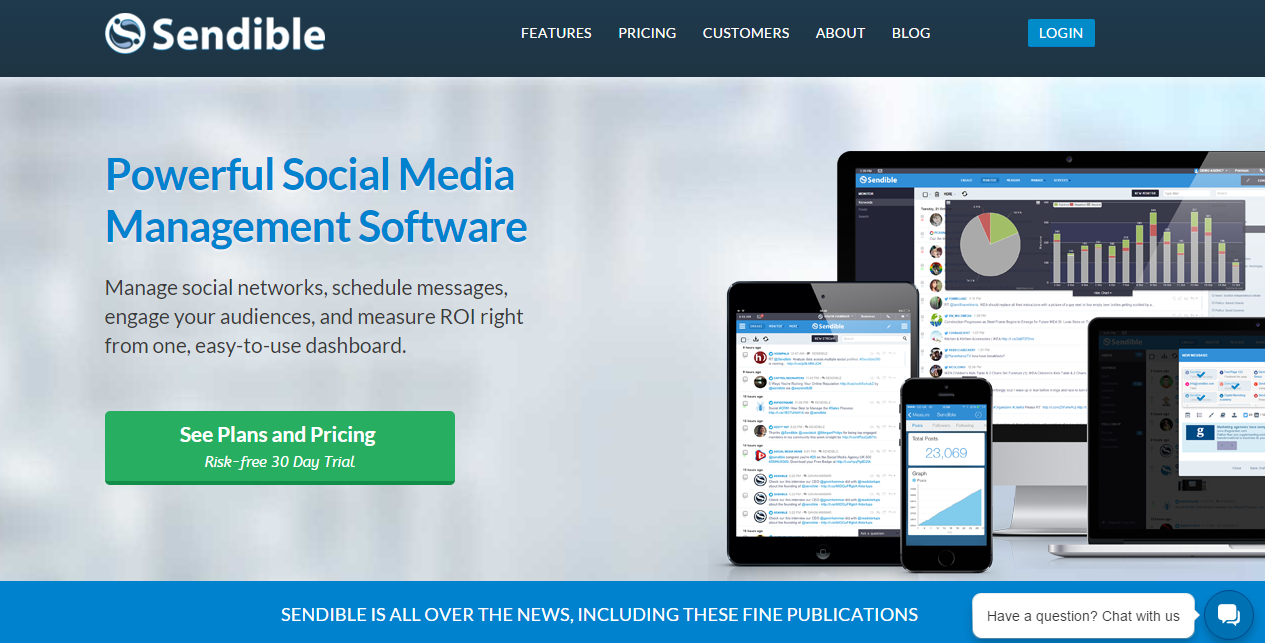






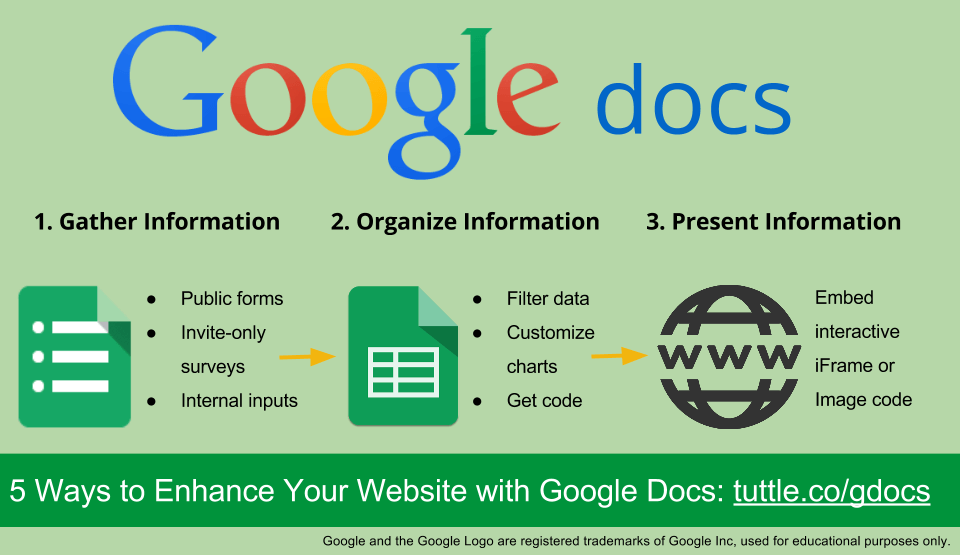


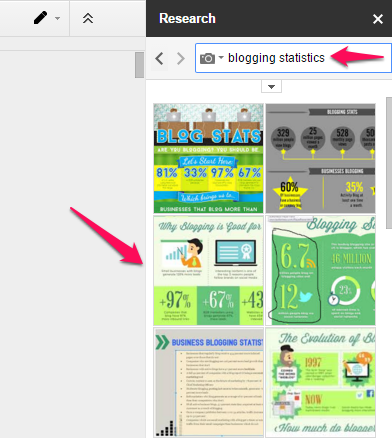







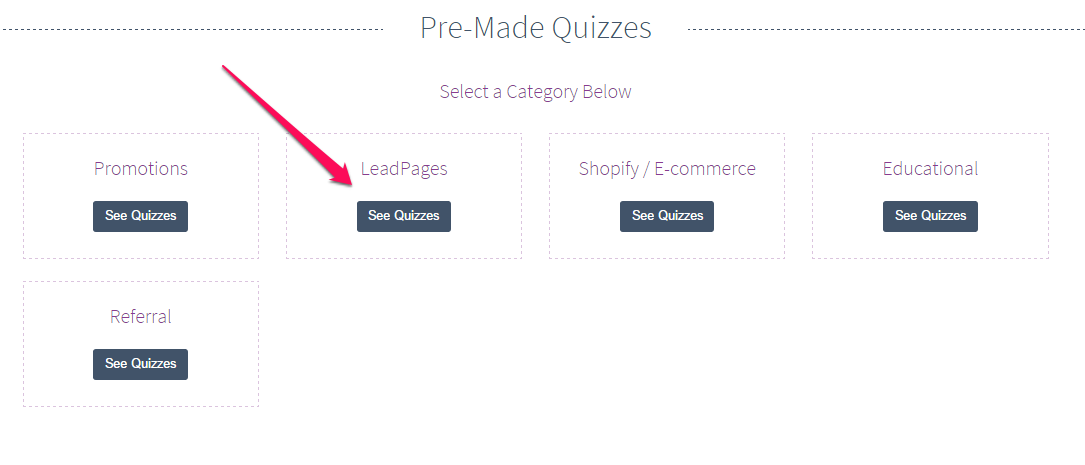

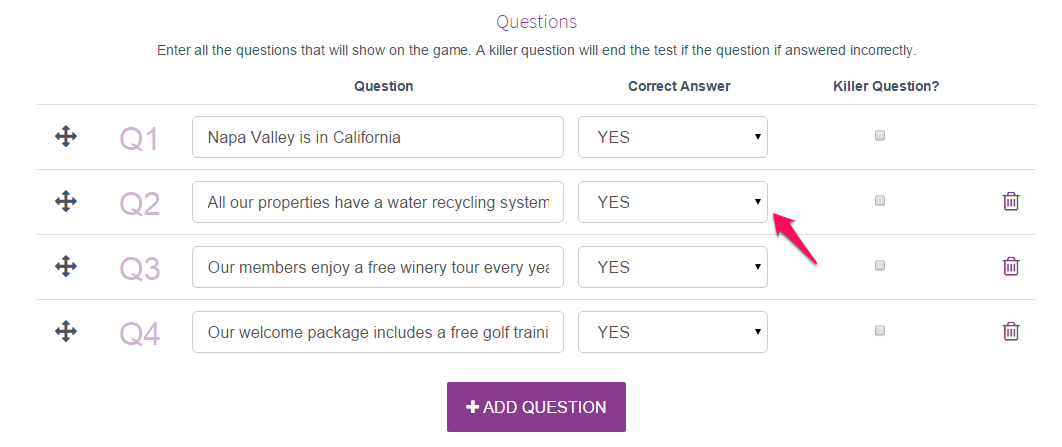




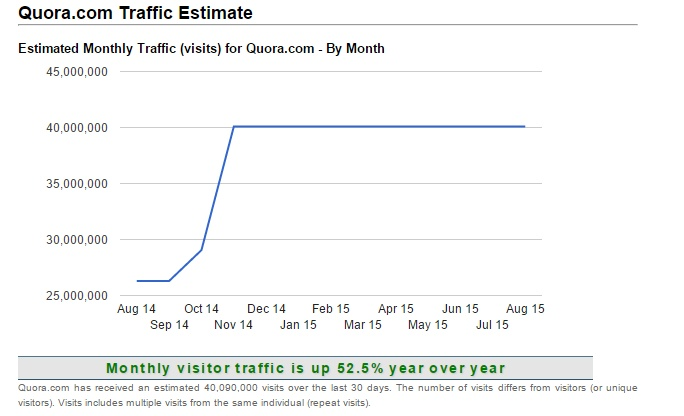






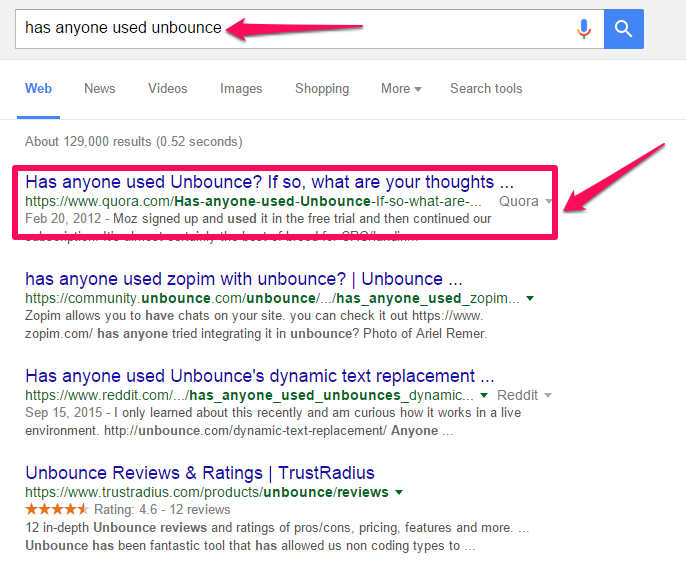

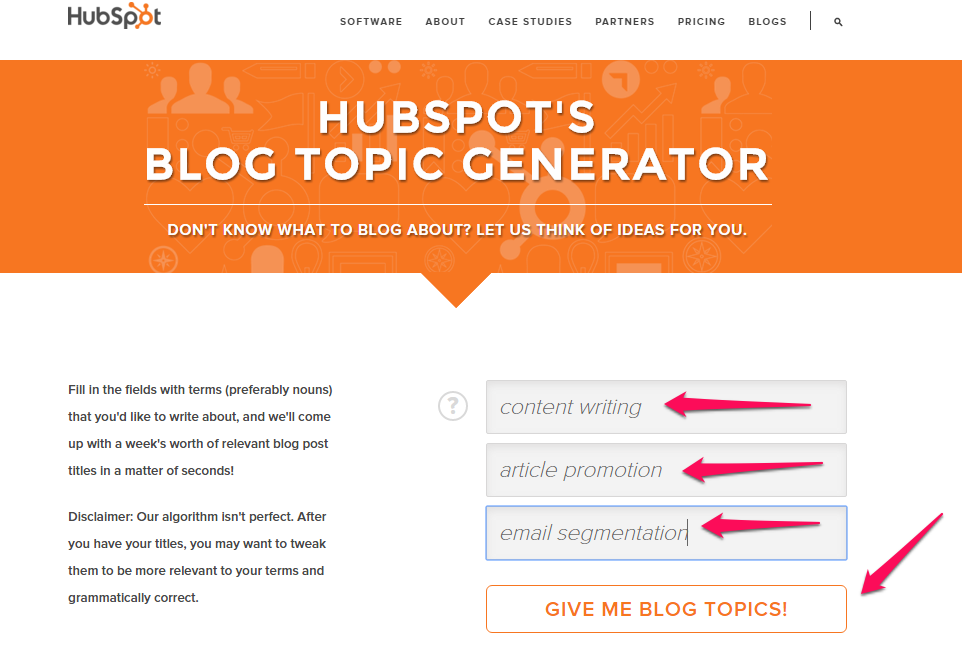


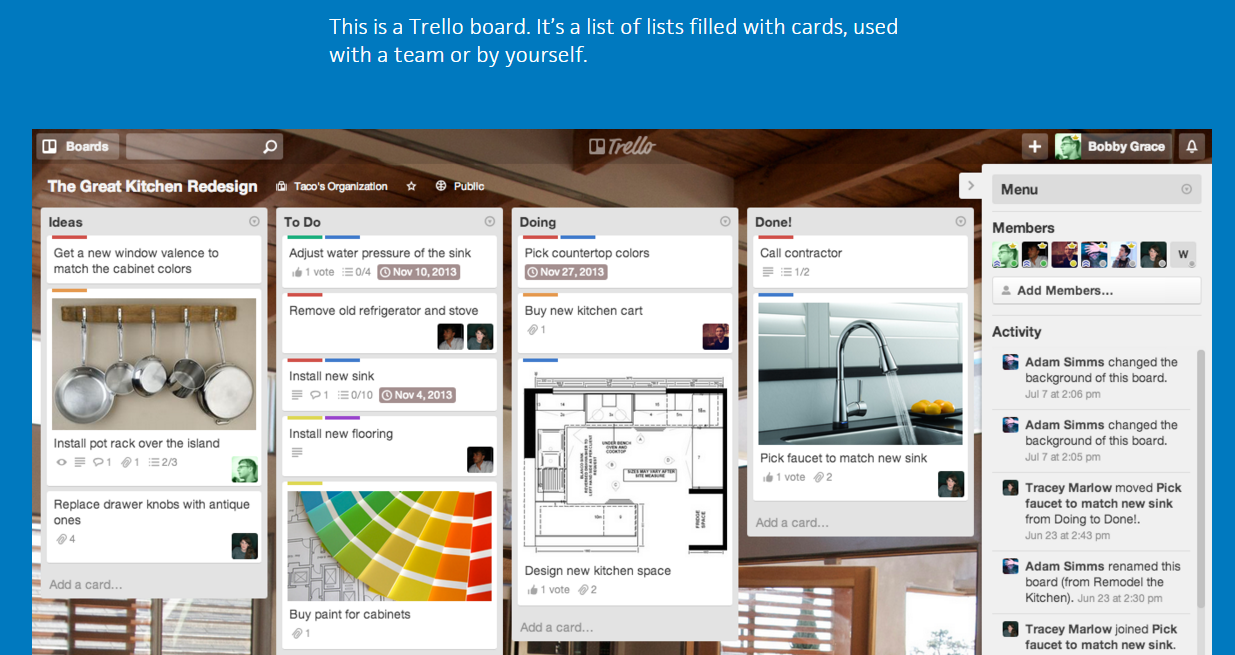

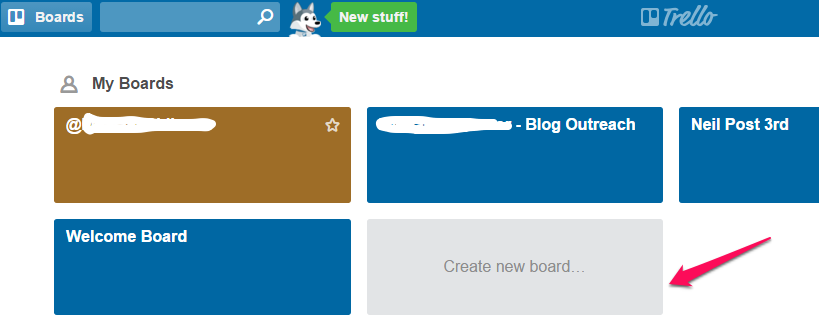

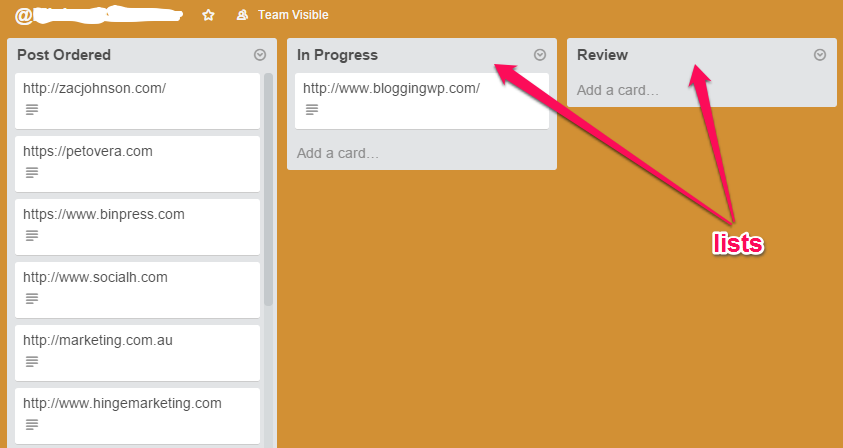



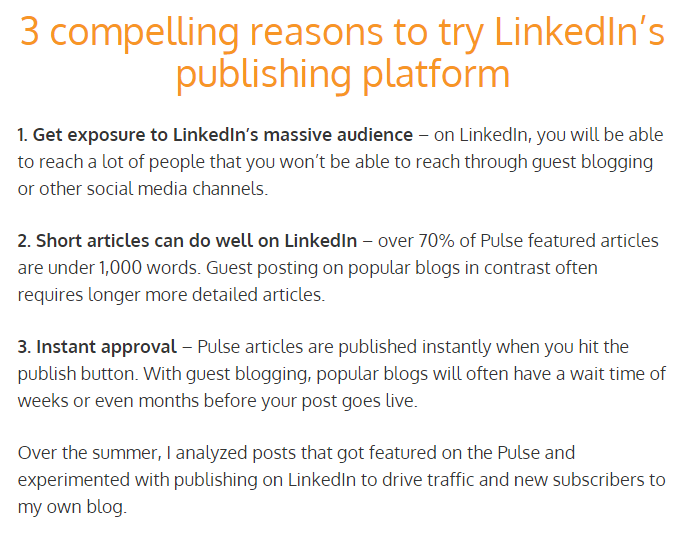









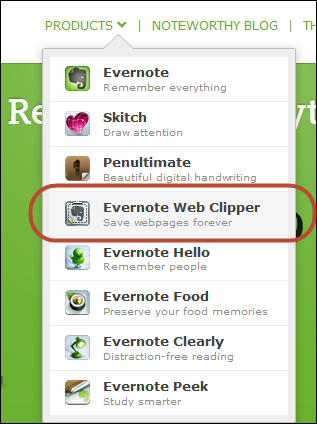




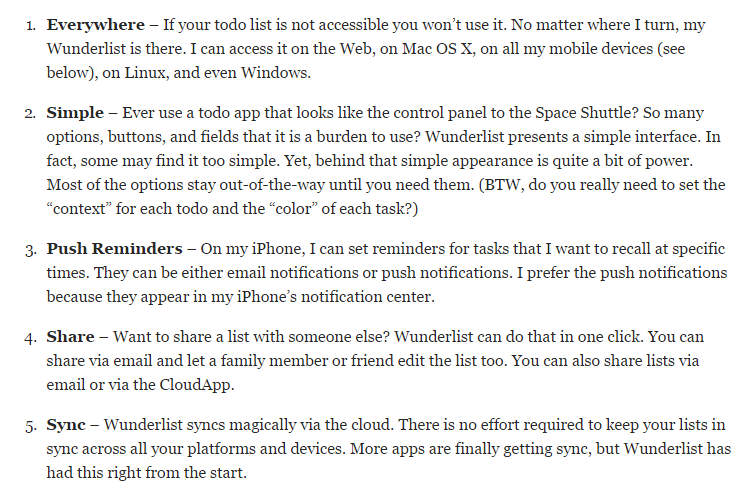
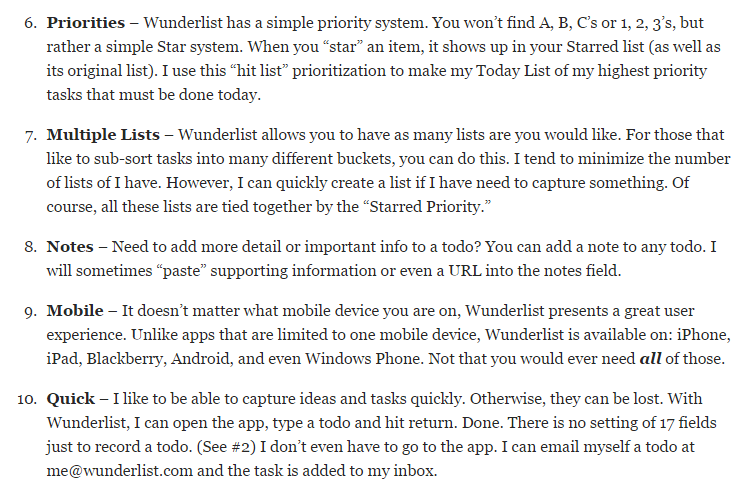


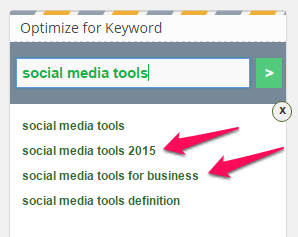
Comments (103)